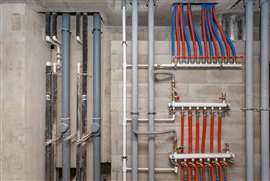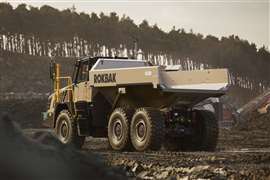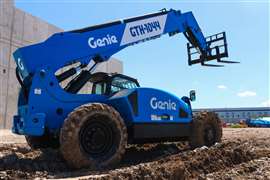Read this article in Français Deutsch Italiano Português Español
Plastic pipe industry disputes report warning of ‘alarming’ performance in fire tests
17 February 2025
A new report, commissioned by a UK-based organisation representing copper pipe manufacturers, called the performance of plastic pipes in fire tests “alarming”.
 Image: Sergej via AdobeStock - stock.adobe.com
Image: Sergej via AdobeStock - stock.adobe.com
But another group, representing plastic pipe manufacturers, has in turn branded an article publicising the results as “fear mongering”.
The Copper Sustainability Partnership (CuSP) highlighted two tests conducted by Warrington Fire on four different pipe materials. A smoke test examined the chemicals emitted by each material, while a second considered how quickly each material burned.
The four materials tested were: corrugated stainless steel tubing (CSST); cross-linked polyethylene (PEX); multi-layer composite pipe (MLCP); and copper.
CuSP told Construction Briefing that the single burn test confirmed to the EN 13823 standard and a smoke chamber test to ISO 5659.
According to the findings, the CSST pipe, which has a plastic coating, produced the most smoke within the first four minutes of a fire test, giving a VOF4 value of 761. That was followed by PEX with a VOF4 value of 507, MLCP with a value of 291, and copper with 0.
A test of the toxicity of emissions found that PEX pipes are the most toxic in a fire with a Conventional Index of Toxicity (CIT) value of 0.10. MLCP and CSST each had a CIT of 0.06, and copper again scored 0.00.
The tests also examined emissions of poisonous gases (carbon monoxide, carbon dioxide, hydrogen cyanide, and nitrogen oxide) and found that plastic or plastic-coated pipes emitted higher concentrations than copper pipes in each case.
Looking at burn times, the tests found that a PEX pipe will burn completely in a house fire in 2 minutes and 43 seconds, ahead of MLCP pipes at 5 minutes 3 seconds, and CSST at 9 minutes and 11 seconds.
In an article published by CuSP headed “Plastic Under Fire: The Hidden Dangers Lurking in Your Walls”, it claimed, “The specification of plastic pipes, especially MLCP in vertical voids in high-rise apartments and office blocks, is not only irresponsible but bordering on negligent. This practice creates vertical fire highways, potentially turning a localised incident into a building-wide catastrophe.”
It added that increased smoke production, “especially from CSST and PEX”, could result in more extensive smoke damage throughout a building.
It said the findings raised questions about current buildings and practices and called for the stricter regulation of plastic pipes in residential buildings and high-occupancy structures.
But after an initial review of the article, British Plastics Federation (BPF) Pipes Group Caroline Ayres took issue with the tone of the article and a lack of detail on testing.
In a statement to Construction Briefing, she said, “The ‘Code for Construction Product Information’ (CCPI) was initiated by the Construction Product Association (CPA) as a direct response to Dame Judith Hackitt’s review of Building Regulations and Fire Safety set up in the wake of the Grenfell Tower tragedy. This sets out the need for clear, accurate and unambiguous construction product information and they have issued a Words and Phrases to Avoid document. The article does not meet this code.
“There is lack of detail, including further details of testing, thus it is hard for us to come back with an informed, factual response. We would expect there to be an appropriate report such as a UKAS accredited Euro Classification report(s).
“This is a deliberately fear-mongering article which is not conducive to having a fact-based discussion in the industry. Plastic piping systems within buildings offer many benefits including their use in fire sprinkler systems. The BPF Pipes Group supports industry working together to achieve best practice and in understanding that there is a time and a place for a variety of materials in the building industry.”
STAY CONNECTED


Receive the information you need when you need it through our world-leading magazines, newsletters and daily briefings.
CONNECT WITH THE TEAM










